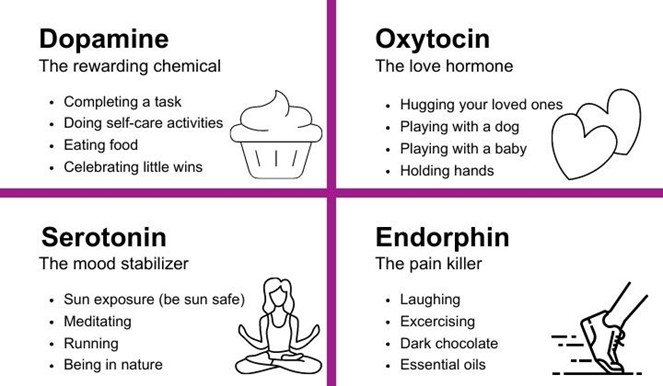A nurse is preparing to initiate IV access for an older adult client. Which of the following sites should the nurse select when initiating the IV for this client?
Radial vein of the inner arm
Great saphenous vein of the leg
Dorsal plexus vein of the foot
Basilic vein of the hand
The Correct Answer is A
A. Radial vein of the inner arm. This is correct because this site is easily accessible, has good blood flow, and has less risk of complications such as infection, thrombosis, or infiltration.
B. Great saphenous vein of the leg. This is incorrect because this site is not recommended for older adults due to poor circulation, increased risk of thrombophlebitis, and difficulty in monitoring.
C. Dorsal plexus vein of the foot. This is incorrect because this site is prone to edema, infection, and injury, and can interfere with mobility and comfort.
D. Basilic vein of the hand. This is incorrect because this site is more painful, has smaller veins, and can cause nerve damage or occlusion if not inserted carefully.
Nursing Test Bank
Naxlex Comprehensive Predictor Exams
Related Questions
Correct Answer is A
Explanation
- Cocaine is a powerfully addictive stimulant drug that increases the levels of dopamine in the brain, which is a chemical messenger related to movement, pleasure, and motivation.
- Cocaine's effects appear almost immediately and last for a few minutes to an hour, depending on the method of use. Some of the short-term effects of cocaine include extreme happiness and energy, mental alertness, hypersensitivity to sight, sound, and touch, and irritability.
- An elevated energy level is one of the most common and noticeable effects of cocaine use, as cocaine stimulates the central nervous system and makes the user feel more alert, active, and confident¹². This effect may also lead to increased physical activity, talkativeness, or aggression.
Therefore, option A is the correct answer, while options B, C, and D are incorrect.
Option B is incorrect because a powerful craving for more cocaine is not a behavior that can be observed by others, but rather an internal feeling that the user may experience due to the addictive nature of the drug.
Option C is incorrect because high self-esteem is not a typical effect of cocaine use, as cocaine may cause paranoia or anxiety in some users.
Option D is incorrect because euphoria is not a behavior that can be observed by others, but rather an emotional state that the user may feel due to the increased dopamine levels in the brain

Correct Answer is A
Explanation
A. Correct. The nurse should initiate continuous cardiac monitoring because a magnesium level of 2.7 mEq/L indicates hypermagnesemia, which can cause cardiac dysrhythmias, hypotension, and bradycardia.
B. Incorrect. The nurse should not administer potassium chloride to a client who has hypermagnesemia because it can worsen the condition by increasing the intracellular magnesium level and decreasing the serum calcium level.
C. Incorrect. The nurse should not provide a diet rich in legumes, nuts, and green vegetables to a client who has hypermagnesemia because these foods are high in magnesium and can increase the serum magnesium level.
D. Incorrect. The nurse should not monitor the client for tetany because tetany is a sign of hypomagnesemia, not hypermagnesemia. Hypomagnesemia can cause neuromuscular excitability, muscle spasms, and positive Chvostek's and Trousseau's signs.
Whether you are a student looking to ace your exams or a practicing nurse seeking to enhance your expertise , our nursing education contents will empower you with the confidence and competence to make a difference in the lives of patients and become a respected leader in the healthcare field.
Visit Naxlex, invest in your future and unlock endless possibilities with our unparalleled nursing education contents today
Report Wrong Answer on the Current Question
Do you disagree with the answer? If yes, what is your expected answer? Explain.
Kindly be descriptive with the issue you are facing.
